Secret Photowalk: Saigon Antique Street On Film
Join a Saigon photowalk on Lê Công Kiều, a street named after a historic military leader. Learn to photograph antiques and capture Saigon's vibrant chaos through street photography. As the golden hour bathes the street in warm light, develop your film to see Saigon's soul preserved on frame. Let this be your inspiration to return and capture Saigon's captivating past, one photo at a time.
EXPERIENCE FILM PHOTOGRAPHYPHOTOWALKTRAVEL
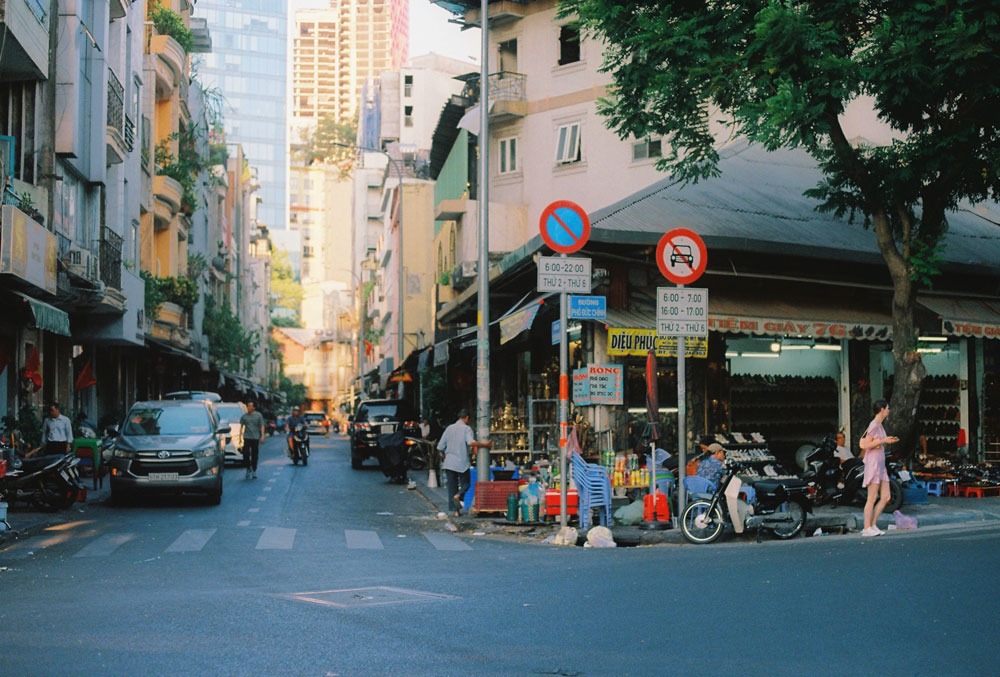

The motorbike hums beneath you, a constant thrumming counterpoint to the symphony of Saigon's streets. The sun hangs low, casting long shadows across Lê Công Kiều street, a narrow lane lined with weathered shopfronts overflowing with trinkets and treasures. This is no ordinary street; it's a portal to Saigon's past, a treasure trove for the curious and the camera-wielding. Today, you're not just a visitor, you're a participant in a photowalk, a guided exploration where Lê Công Kiều street unfolds like a roll of exposed film, waiting to be captured.
In this article, you will learn:
Your guide, a seasoned Saigon photographer with a keen eye for detail, weaves through the throng of motorbikes, their drone a constant hum beneath your conversation. As you navigate the bustling scene, their voice cuts through the air, offering a captivating history lesson.
"Le Cong Kieu," they explain, pointing towards a weathered street sign, "is named after a man whose legacy is woven into the very fabric of Saigon's past – Đốc Binh Kiều."
Đốc Binh Kiều, literally translating to "Military Commander Kiều," was not just any soldier. He was a trusted advisor and strategist who served under emperors Gia Long and Minh Mạng, two pivotal figures in the Nguyễn Dynasty (1802-1945).
Legend paints Đốc Binh Kiều as a courageous and resourceful leader who played a key role in securing Vietnam's southern borders. During a tumultuous period of Vietnamese history, marked by territorial disputes and rebellions, Đốc Binh Kiều's strategic prowess is said to have been instrumental in fending off threats and establishing a lasting peace in the south.
His influence wasn't confined to the battlefield. Đốc Binh Kiều is also credited with overseeing the development of the very district you're walking through now. Back then, the area likely resembled a frontier town, a place where brave settlers established outposts and fostered trade routes. Đốc Binh Kiều's vision and leadership are believed to have laid the groundwork for the vibrant commercial center that Lê Công Kiều has become.
As you continue your walk, the weight of history hangs heavy in the air. The narrow street, lined with weathered shopfronts overflowing with treasures, becomes a testament to the legacy of Đốc Binh Kiều. Each worn brick and ornately carved shop sign whispers of a bygone era, a time when Saigon's southern frontier was being shaped by the very man whose name adorns the street.
History Of Antique Street Lê Công Kiều
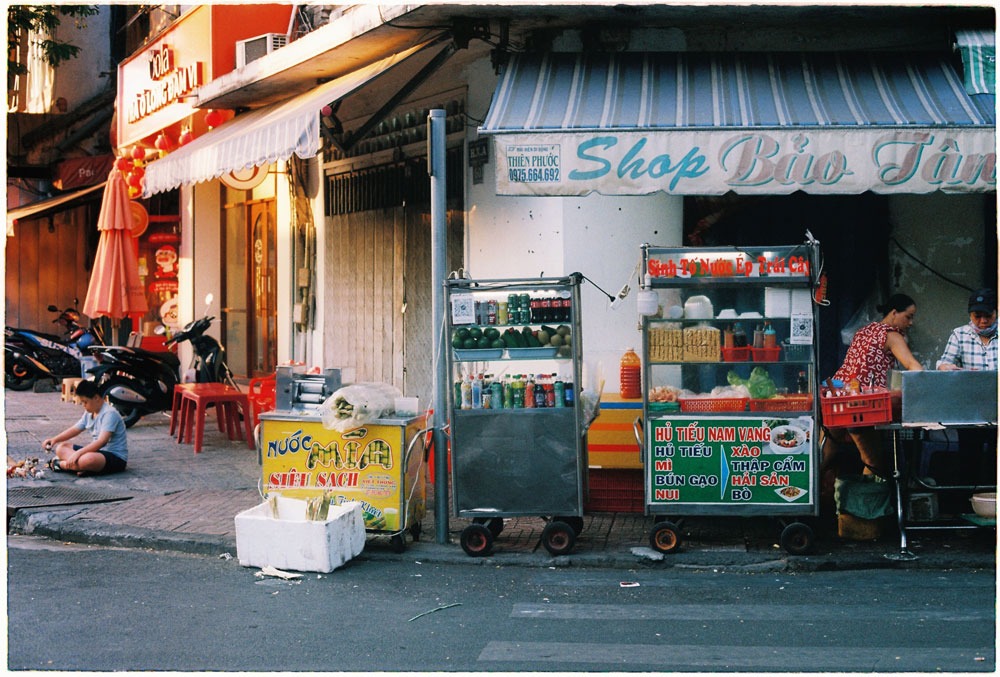

The first stop is a serendipitous one – a vendor with a makeshift stall overflowing with tarnished silver and chipped porcelain. Here, your guide dispenses the first nugget of photographic wisdom: picking antiques is akin to composing a photograph. Look for objects with character, those that whisper stories of their past. A chipped cup might hold more intrigue than a pristine one, a crack in a vase a testament to its resilience. As you peer through the lens, these imperfections become narratives, transforming the mundane into a vignette of Saigon's bygone era.
Here are some quick tips on how to pick antiques:
Embrace Imperfection: Chips and cracks tell stories.
Material Matters: Learn about common antique materials (weight, texture).
Feel the Age: Authentic antiques often have a distinct weight and texture.
Patience is Key: Explore stalls, compare prices, and be a bargain hunter.
Engage Respectfully: Ask questions about the piece's origin and history.
Haggling Expected: Be fair and friendly during negotiations.
Trust Your Gut: If it speaks to you, it might be your treasure.
Tips On How To Pick Antiques
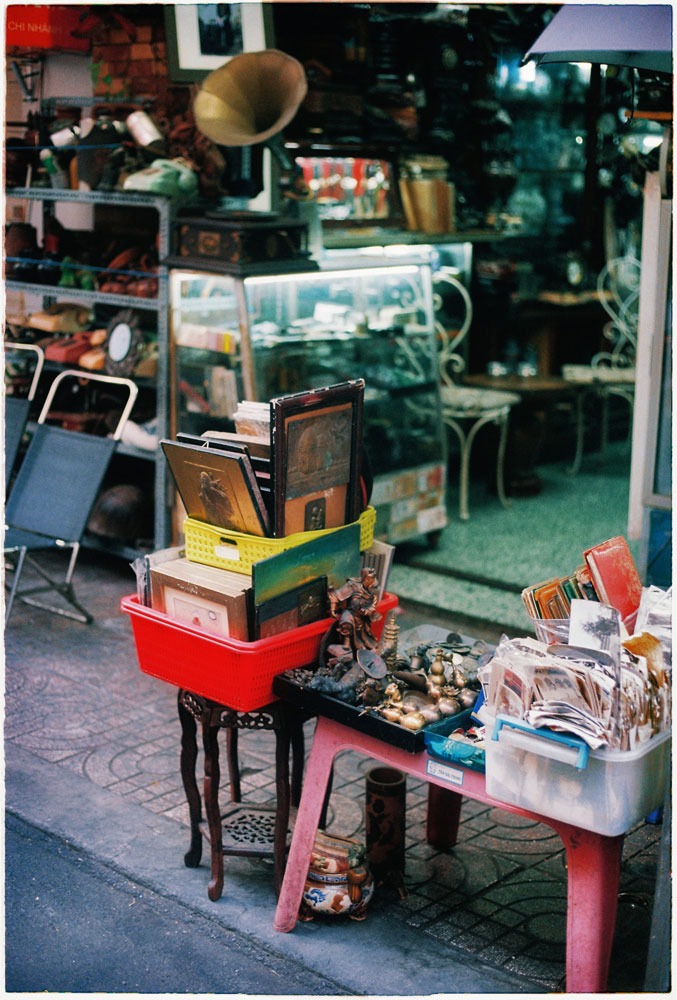

Moving on, the street narrows, the cacophony of car horns and motorbike calls intensifying. This is where the Saigon photowalk truly comes alive. Your guide points out the play of light filtering through the colorful awnings, transforming the ordinary into a kaleidoscope of color. Suddenly, a stray cat streaks across your frame, a fleeting moment of grace amidst the urban jungle. You raise your camera, capturing the essence of Saigon's untamed spirit in a single click.
Street photography, your guide explains, is a dance with spontaneity. It's about anticipating the unexpected, about weaving narratives from the everyday. A wrinkled smile etched on an old woman's face, a child's laughter echoing down the alleyway – these are the fleeting moments that make Saigon's soul come alive on film.
Street Photography on Lê Công Kiều Lane

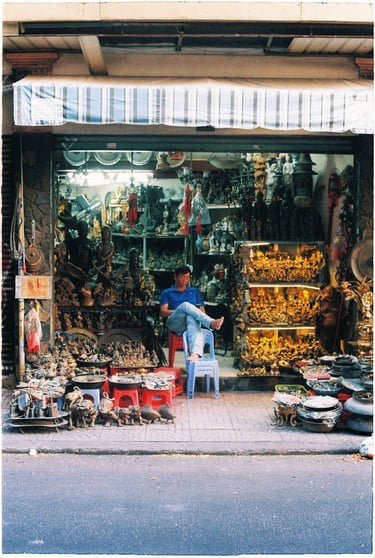
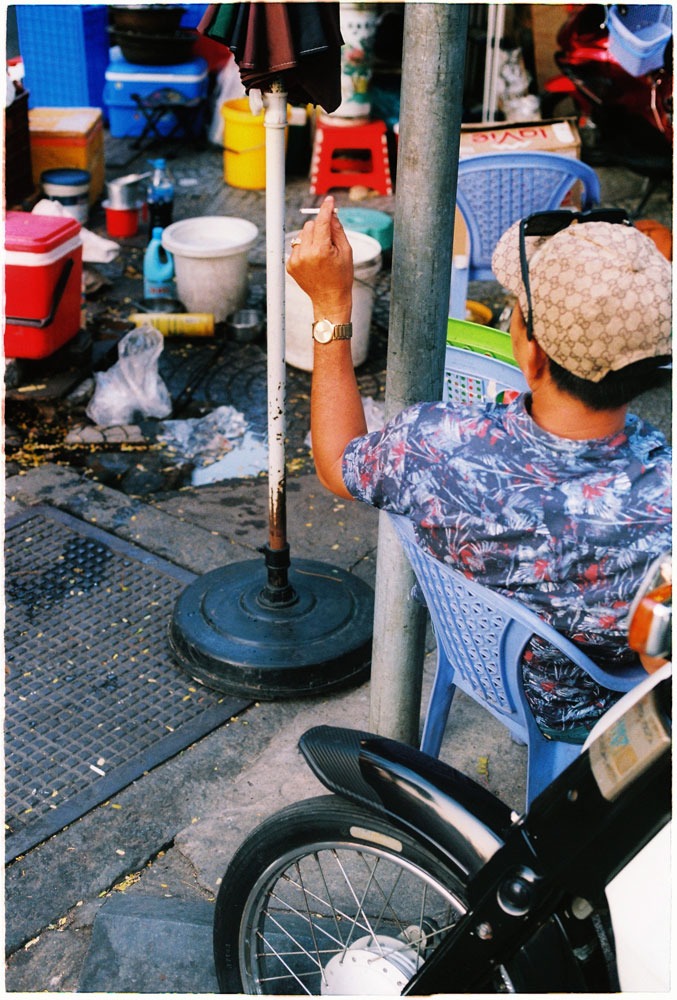

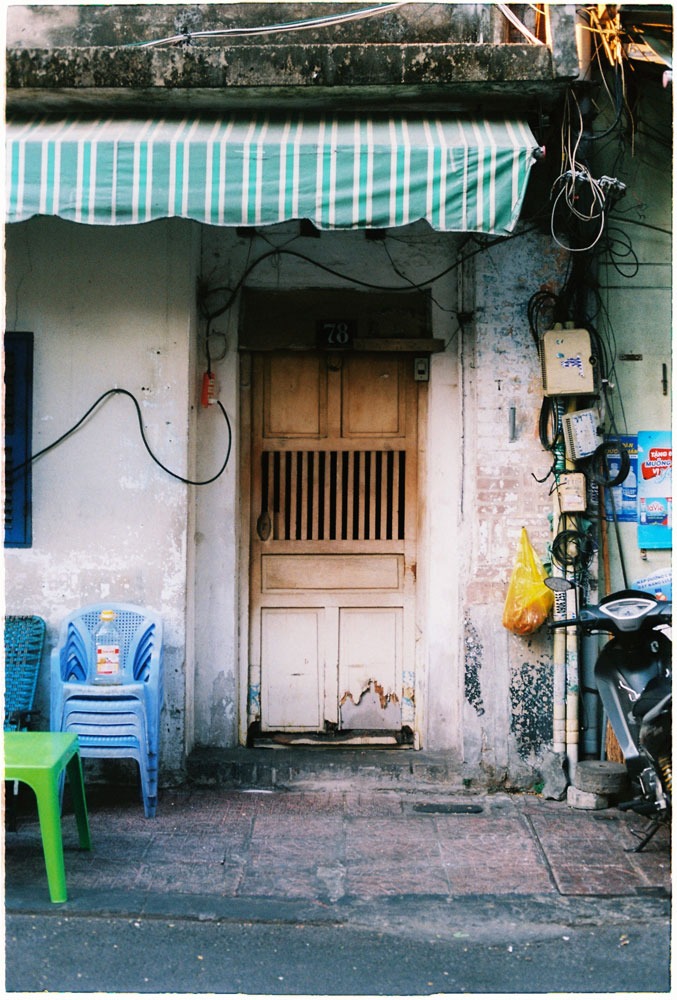

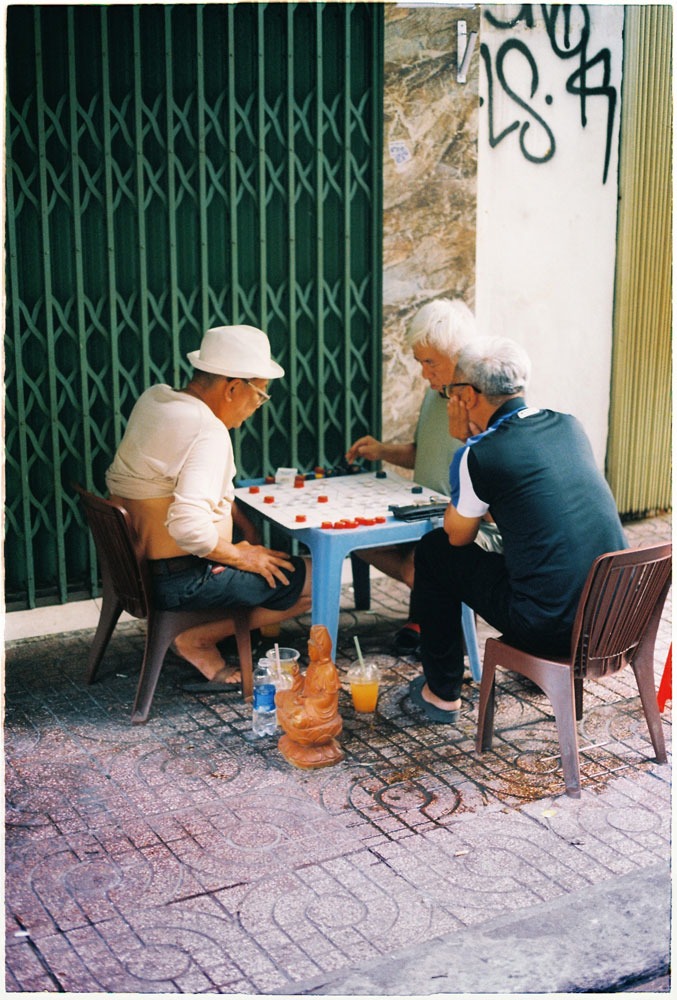

The golden light of sunset, Saigon's fleeting farewell, bathes the street in a warm glow. This is the photographer's prime time, a window of opportunity that closes as quickly as it opens. Shop signs illuminate, casting long shadows that stretch like phantoms across the pavement. You capture the scene, the vibrant chaos tinged with a touch of melancholy, a reminder of the impermanence of light and life.
As the last rays of the sun dip below the horizon, the photowalk culminates at a local film developing shop. The anticipation is palpable as you hand over your exposed rolls, each frame a potential portal to a Saigon bathed in the warm glow of memory. The promise of those developed photographs – tangible testaments to your photographic journey – hangs heavy in the air.
The Golden Hour: Capturing Saigon on Sunset
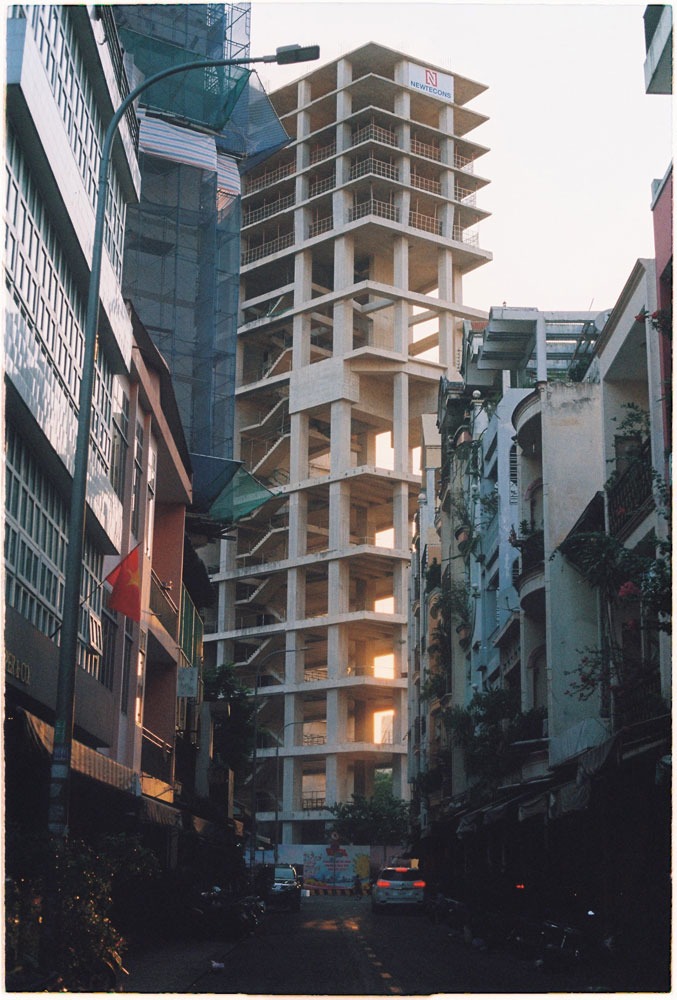

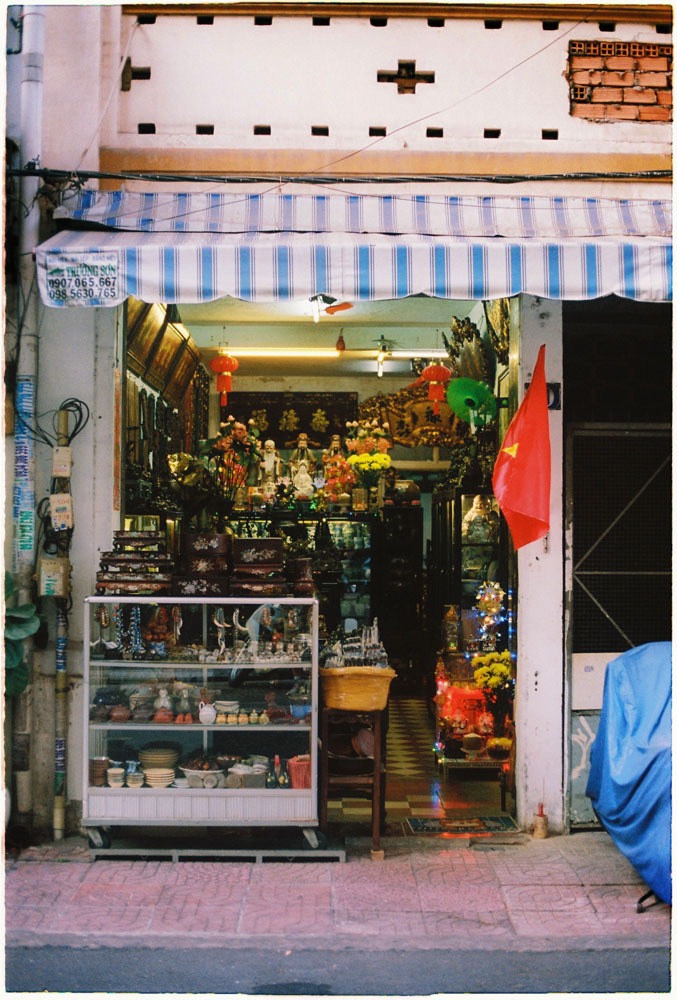

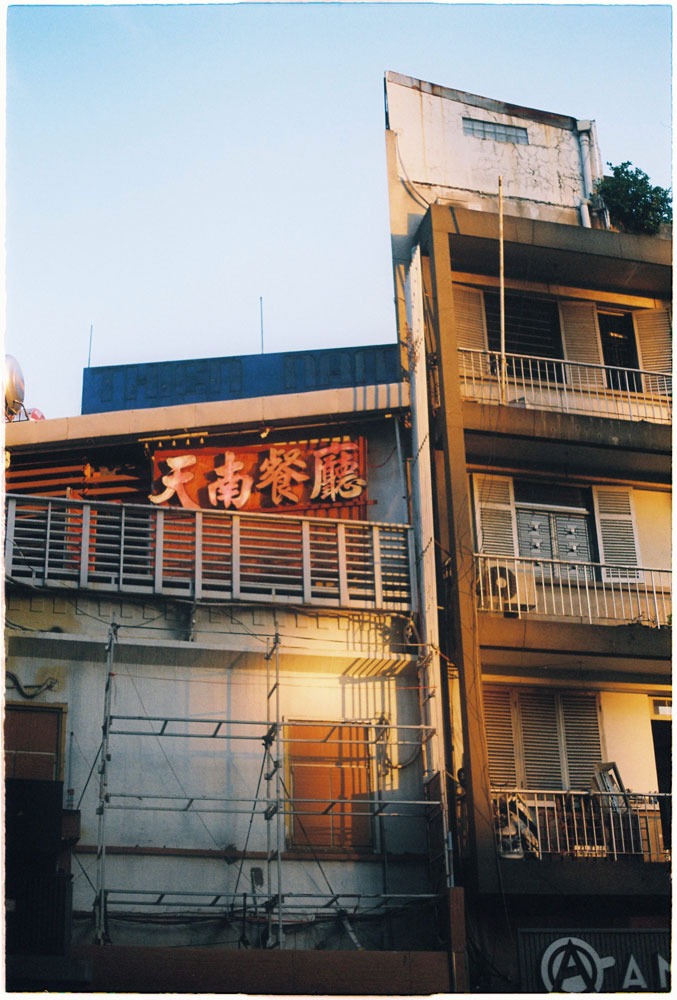

The Saigon photowalk on Lê Công Kiều is more than just a stroll down an antique street. It's a deep dive into the city's soul, a chance to capture the essence of a place where history whispers from every corner. It's a testament to the power of photography, its ability to transform the fleeting into the permanent, the ordinary into the extraordinary. As you walk away, the click of your shutter replaced by the rhythmic hum of the city, you carry a newfound appreciation for Saigon, a city etched not just in your memory, but on film.
The experience lingers long after the sun has set. Perhaps, inspired by the day's exploration, you'll return to Lê Công Kiều, this time not as a participant in a photowalk, but as a lone photographer, ready to weave your own visual narrative of Saigon's captivating past, one frame at a time. The city awaits, a canvas waiting to be filled with the light and stories captured through the lens of your camera, a testament to the Saigon that lives on film.
